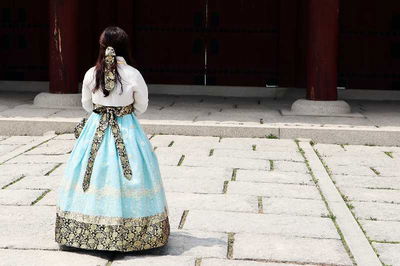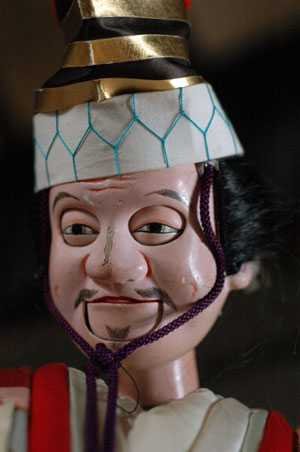10. If a native citizen of this country buys a delectable ekiben at the train station, hops onto the Shinkansen, sits down to read a manga, and travels from Tokyo to Kyoto to visit some Buddhist temples then she is mostly likely:
From Quiz Asian Confusion
Answer:
Japanese
Ekiben is a bento box, or boxed lunch, sold at railway stations. The Shinkansen is better known as Japan's bullet train and reaches speeds up to 300 km/h. Manga are Japanese comic books made for all ages and include a wide range of subjects like fantasy, romance, action-adventure, historical drama and business and commerce. Kyoto, located in the mountains of Western Honshu, is known as the "City of a Thousand Temples", and has 1600 Buddhist temples and 400 Shinto shrines.










 Quick Question
Quick Question